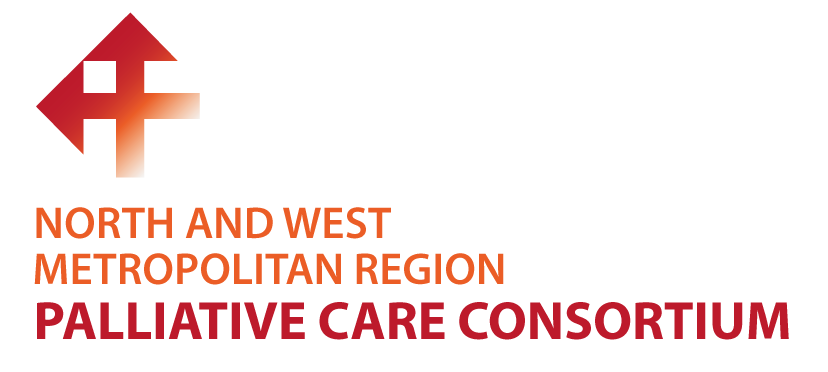Symptom Management
Common symptoms at end of life may include pain, constipation, nausea, breathlessness, fatigue and delirium. Relieving these symptoms is a key aim of palliative care. Victoria’s Better Health Channel has detailed information about dealing with common symptoms.
Pain relief at end of life is an essential component of good palliative care. Managing pain is often the cause of the most concern to people with life limiting conditions and becomes more challenging with additional co-morbidities. For detailed information on pain and its management:
Palliative medications are one component of a ‘whole-person’ approach to supporting people with life-limiting and terminal illnesses. CareSearch provides information on the commonly used medications in palliative care.
Constipation is one of the most common symptoms in the last days of life. It is known that constipation is challenging to treat in patients needing specialized palliative care. Below are some resources to assist with managing constipation:
- PalliAged– tips for nurses
- Constipation management – Better Health Channel
- PalAssist
Nausea is when a person feels the urge to vomit or just feels sick. The cause of nausea can be related to the disease, medications, chemotherapy, radiotherapy, constipation or an imbalance of chemicals within the body. Tips to manage this can be found:
Breathlessness is an unpleasant feeling of having difficulty breathing. It can be caused by lung disease, asthma, emphysema, chest infection, pressure from other body organs, or anxiety. Being breathless can further cause anxiety and distress. Some tips for managing breathlessness can be found at:
Fatigue is very common in people with life-limiting illness. It is a feeling of weariness, tiredness, or lack of energy that does not go away when you rest. People may feel fatigued in body or mind. Fatigue reduces the ability for people to be active and can be frustrating and debilitating. Tips for managing fatigue include:
Delirium is a serious condition which causes a sudden change in how a person thinks and behaves. It affects about 20 in 100 (20%) of adults admitted to hospital and it becomes more common as people approach the end of life. Delirium causes an increased risk of falls and pressure sores. It can be distressing for the person with delirium and those close to them. More information on delirium can be found at:
- Delirium management – Better Health Channel
- Delirium / Symptom Management / Clinical Care / Nurses / Health Professionals (caresearch.com.au)
- Department of Health Victoria
Marie Curie have developed this 10 minute video to explain delirium.
One of the most challenging tasks for families and carers supporting a person at home during end of life is providing practical care. To assist with this, caring@home has developed step-by-step guides and instructional videos for nurses to use when teaching families and carers, covering topics such as:
1 – How to care for the eyes and the nose on Vimeo (1.43 minutes)
2 – How to care for the mouth on Vimeo (1.52 minutes)
3 – How to change a pad on Vimeo (3.04 minutes)
4 – How to position a person on Vimeo (2.25 minutes)
5 – How to wash a person on Vimeo (4.45minutes)
